For complete post from the Wikepedia
 THOMAS COURTENAY IN UNIFORM
THOMAS COURTENAY IN UNIFORMOn 19 March 1864, a Union gunboat captured a rebel courier crossing the Mississippi, carrying a letter from Courtenay describing the coal torpedo. The correspondence was forwarded to Admiral David Porter, who immediately issued his General Order 184, which began
The enemy have adopted new inventions to destroy human life and vessels in the shape of torpedoes, and an article resembling coal, which is to be placed in our coal piles for the purpose of blowing the vessels up, or injuring them. Officers will have to be careful in overlooking coal barges. Guards will be placed over them at all times, and anyone found attempting to place any of these things amongst the coal will be shot on the spot
In April 1865, most of the official papers of the Confederate Secret Service were burned by Secretary of State Judah P. Benjamin just before the government evacuated Richmond, making it impossible to determine with any certainty how many ships were destroyed by Courtenay's shell. Union Admiral Porter credited the coal torpedo with sinking the Greyhound, a private steamboat that had been commandeered by General Benjamin F. Butler for use as a floating headquarters on the James River Courtenay also took credit for the boiler explosion on the gunboat USS Chenango that killed 33 men, though the vessel itself survived and was repaired and returned to duty In the Spring of 1865, Canadian customs raided a house in Toronto that had been rented by Jacob Thompson, one of the commissioners of the Confederate Secret Service stationed in Canada. They found coal torpedoes and other incendiary devices hidden under the floorboards. A former Confederate agent named Robert Louden claimed on his deathbed that he had used a coal torpedo to sink the steamboat Sultana, killing an estimated 1,800 of her 2,400 passengers, many of whom were recently freed Union prisoners of war, on April 27, 1865, although this claim is controversial


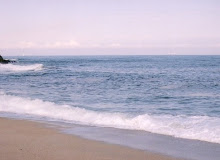











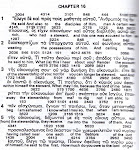

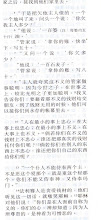














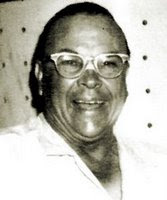









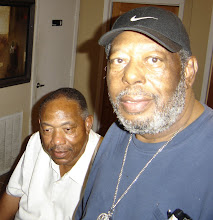













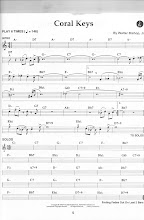

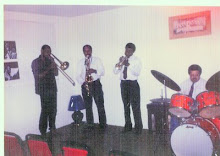






No comments:
Post a Comment